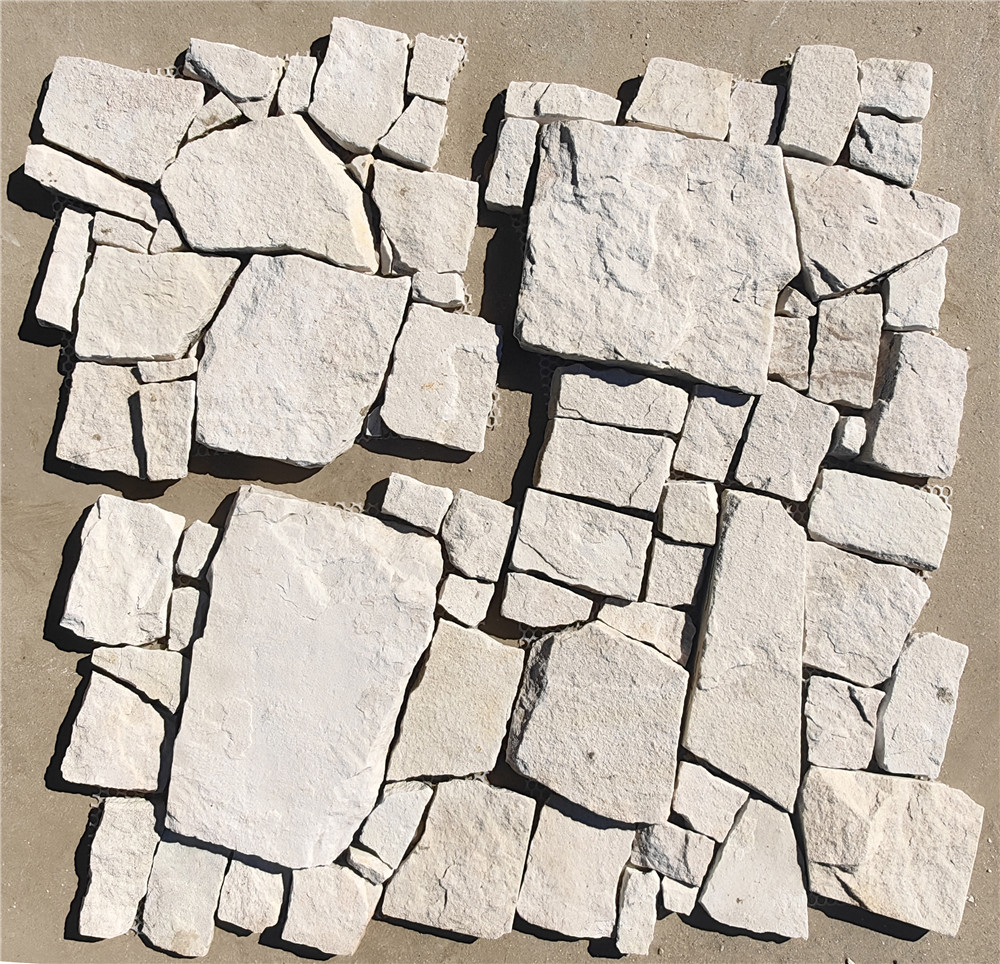Enhancing Your Homes Exterior with Stone Veneer Garage A Comprehensive Guide

Introduction
Stone veneer has become a popular choice for homeowners looking to enhance the aesthetic appeal of their properties. While traditionally used for interior design, stone veneer is now being utilized in exterior applications, including garages. In this comprehensive guide, we will explore the benefits of using stone veneer for your garage, the various design options available, the installation process, maintenance tips, and more.
Benefits of Stone Veneer Garage
1. Enhanced Curb Appeal: One of the primary reasons homeowners opt for stone veneer garage is the instant boost in curb appeal it provides. The natural look and texture of stone can add a touch of elegance and sophistication to your home's exterior, making it stand out in the neighborhood.
2. Increased Property Value: Investing in a stone veneer garage can significantly increase the value of your property. Potential buyers are often willing to pay more for homes with high-quality, visually appealing features like stone veneer, making it a smart long-term investment.
3. Durability and Longevity: Stone veneer is known for its durability and longevity, making it a practical choice for garage exteriors. It can withstand harsh weather conditions, including rain, snow, and UV exposure, without losing its color or texture over time.

4. Stepstone paver pathways for functional beauty in Design: Stone veneer comes in a wide range of colors, shapes, and textures, allowing homeowners to customize their garage exteriors to suit their preferences. Whether you prefer a rustic, modern, or traditional look, there is a stone veneer option that will complement your home's style.
Design Options for Stone Veneer Garage
When it comes to designing a stone veneer garage, the possibilities are endless. Here are some popular design options to consider:
1. Full Stone Facade: Covering the entire exterior of your garage with stone veneer creates a cohesive and striking look. This design choice works well for homes with a rustic or traditional aesthetic.
2. Stone Accents: If you prefer a more subtle approach, adding stone veneer accents to specific areas of your garage, such as around the windows or doors, can create a visually appealing contrast with other materials.
3. Mixed Materials: Combining stone veneer with other materials like wood, metal, or stucco can create a unique and modern look for your garage. Experimenting with different textures and colors can result in a one-of-a-kind design.
4. Color Variation: Stone veneer comes in a range of natural colors, from earthy browns and grays to warm creams and whites. Choosing a color that complements your home's existing exterior palette can tie the look together seamlessly.
Installation Process
Installing stone veneer on your garage requires careful planning and attention to detail. Here is a general overview of the installation process:
1. Surface Preparation: The first step is to prepare the surface of your garage for the stone veneer installation. This may involve cleaning, repairing any damage, and applying a weather-resistant barrier to protect the underlying structure.
2. Layout and Design: Before installing the stone veneer, it is essential to plan the layout and design of the facade. This includes determining the placement of each stone piece to ensure a seamless and balanced look.
3. Adhesive Application: Stone veneer is typically installed using a specialized adhesive that bonds the stones to the garage's surface. The adhesive should be applied according to the manufacturer's instructions, ensuring proper adhesion and stability.
4. Stone Placement: Carefully place each stone veneer piece onto the adhesive, starting from the bottom and working your way up. Use spacers to maintain consistent spacing between the stones and ensure a uniform appearance.
5. Grouting and Sealing: Once the stones are in place, grout can be applied to fill in any gaps between the pieces and create a seamless finish. Finally, seal the stone veneer to protect it from moisture and UV damage.
Maintenance Tips
To keep your stone veneer garage looking its best, regular maintenance is essential. Here are some tips to help you preserve the beauty and longevity of your stone facade:
1. Cleaning: Periodically clean your stone veneer garage using a mild detergent and water to remove dirt, dust, and grime. Avoid using harsh chemicals or abrasive cleaners that can damage the stone surface.
2. Sealing: Depending on the type of stone veneer used, it may be necessary to reseal the facade every few years to maintain its waterproofing properties and prevent staining.
3. Inspections: Regularly inspect your stone veneer garage for any signs of damage, such as cracks, chips, or loose stones. Addressing these issues promptly can prevent further deterioration and costly repairs.
4. Repairs: If you notice any damage to your stone veneer garage, such as loose stones or grout, it is crucial to repair it promptly. Consult a professional if the damage is extensive or requires specialized expertise.
Conclusion
Stone veneer garage offers homeowners a versatile and visually appealing option for enhancing their home's exterior. With its durability, longevity, and customizable design options, stone veneer can transform a mundane garage into a standout feature of your property. By following the installation process, selecting the right design options, and maintaining your stone veneer facade, you can enjoy the beauty and value that this material brings to your home for years to come.
